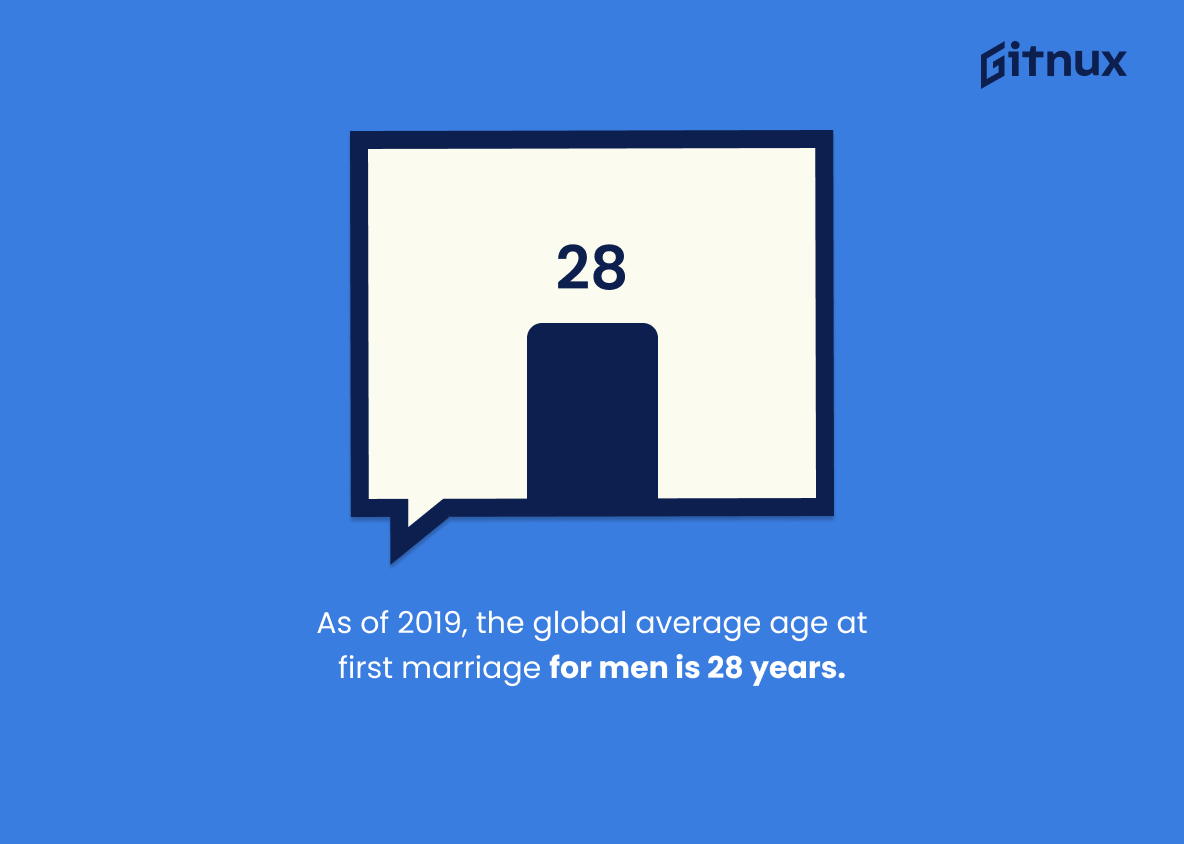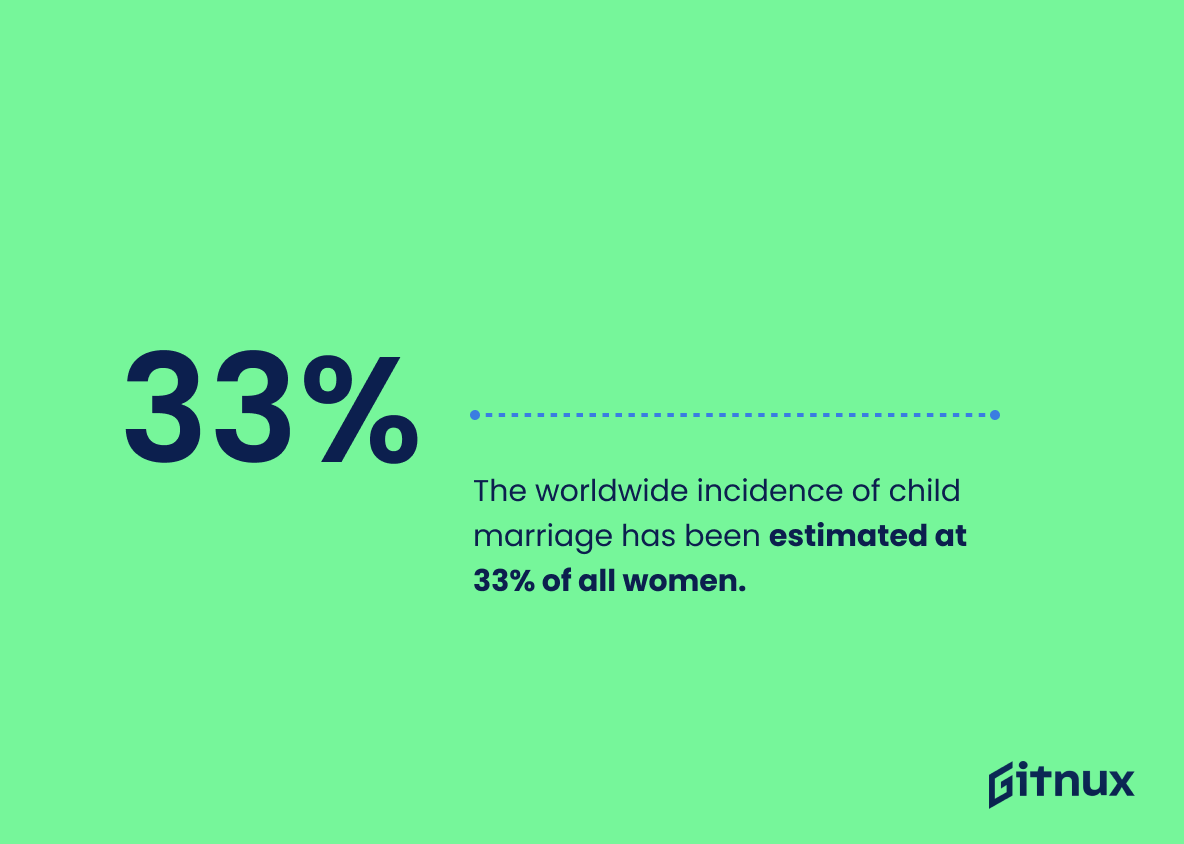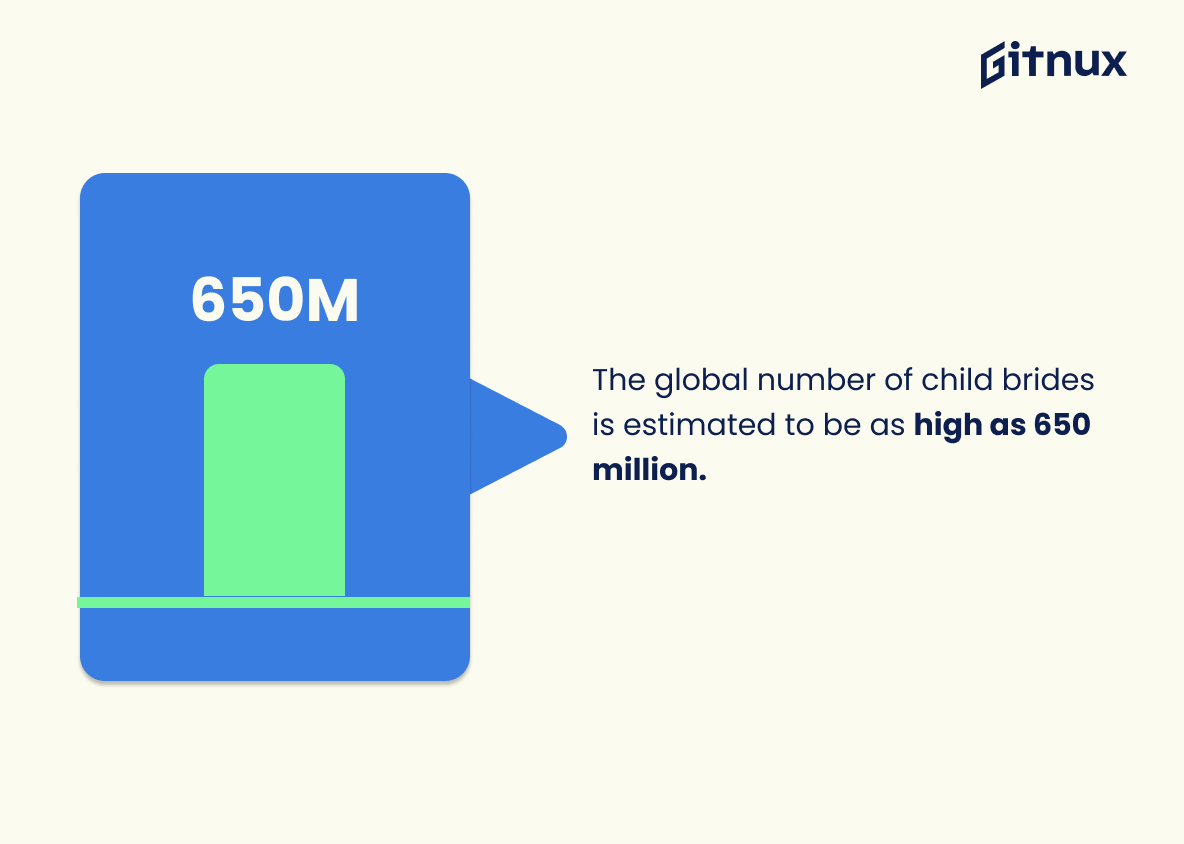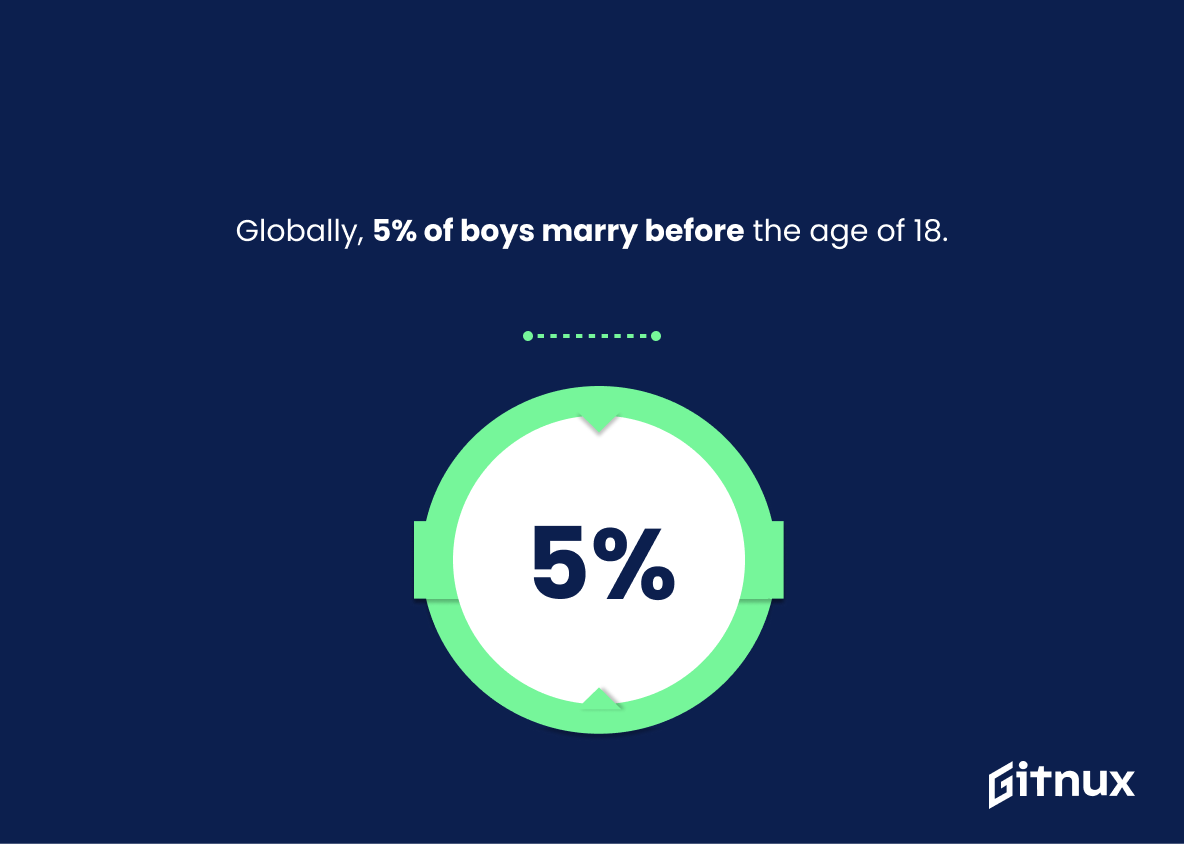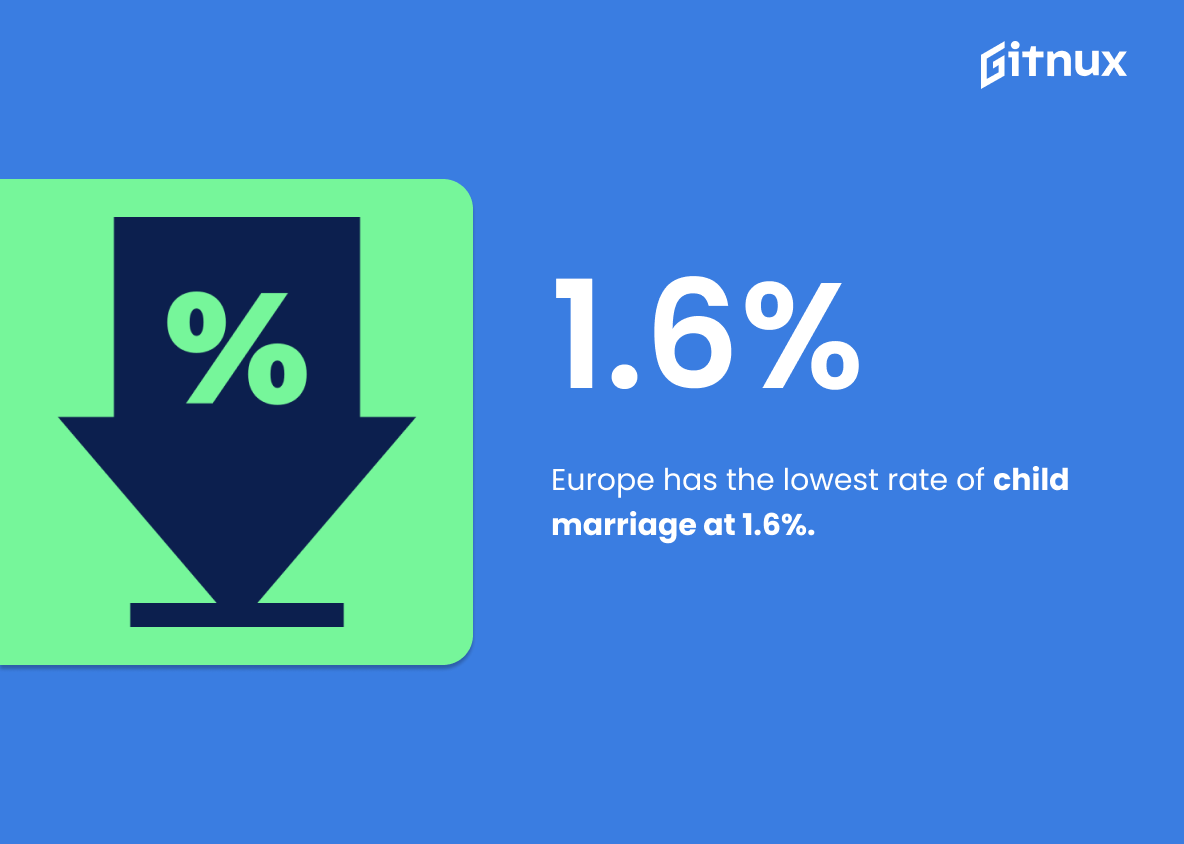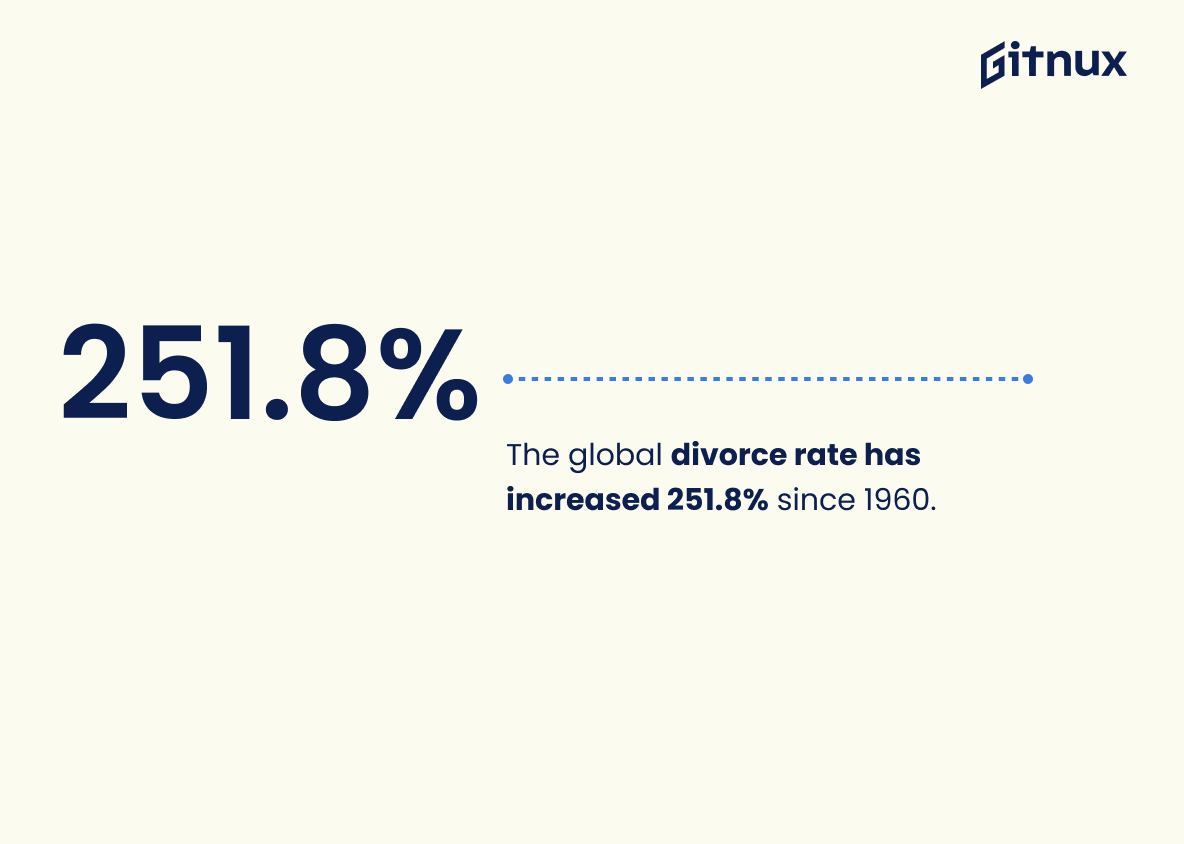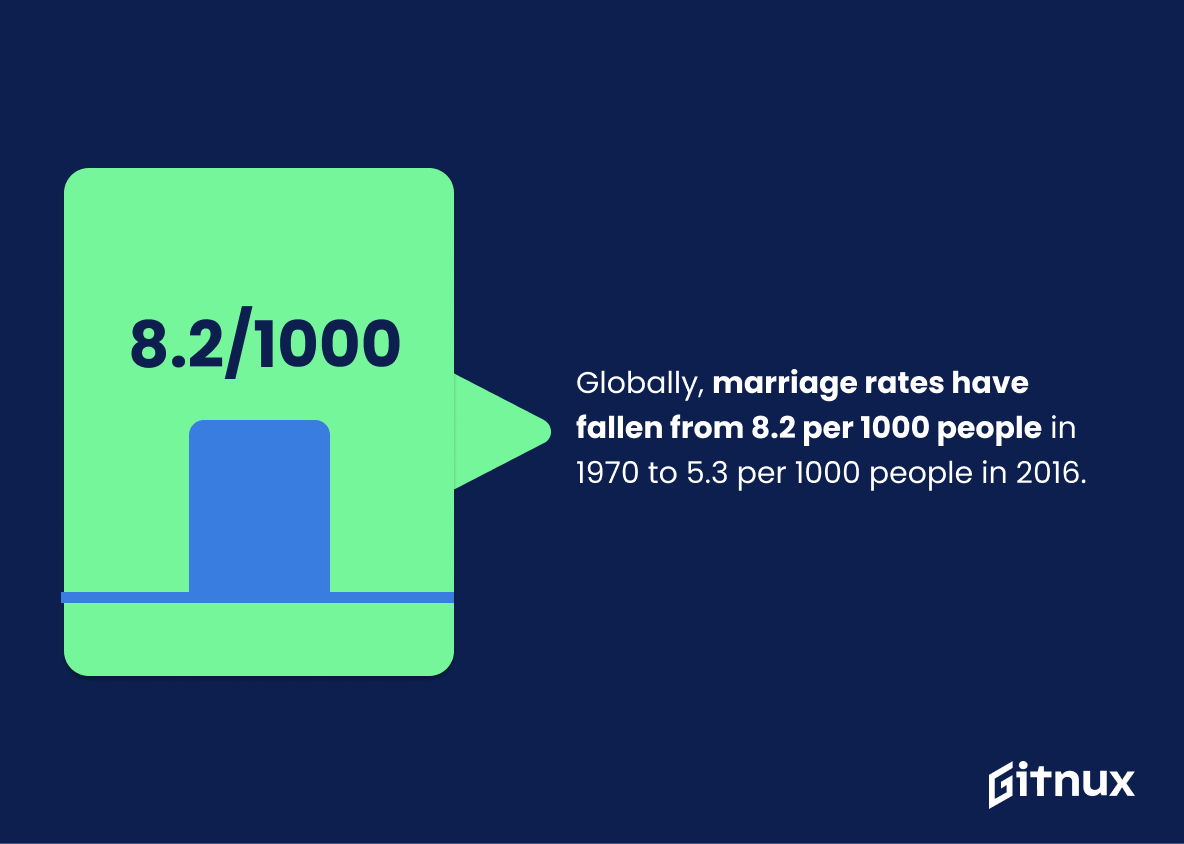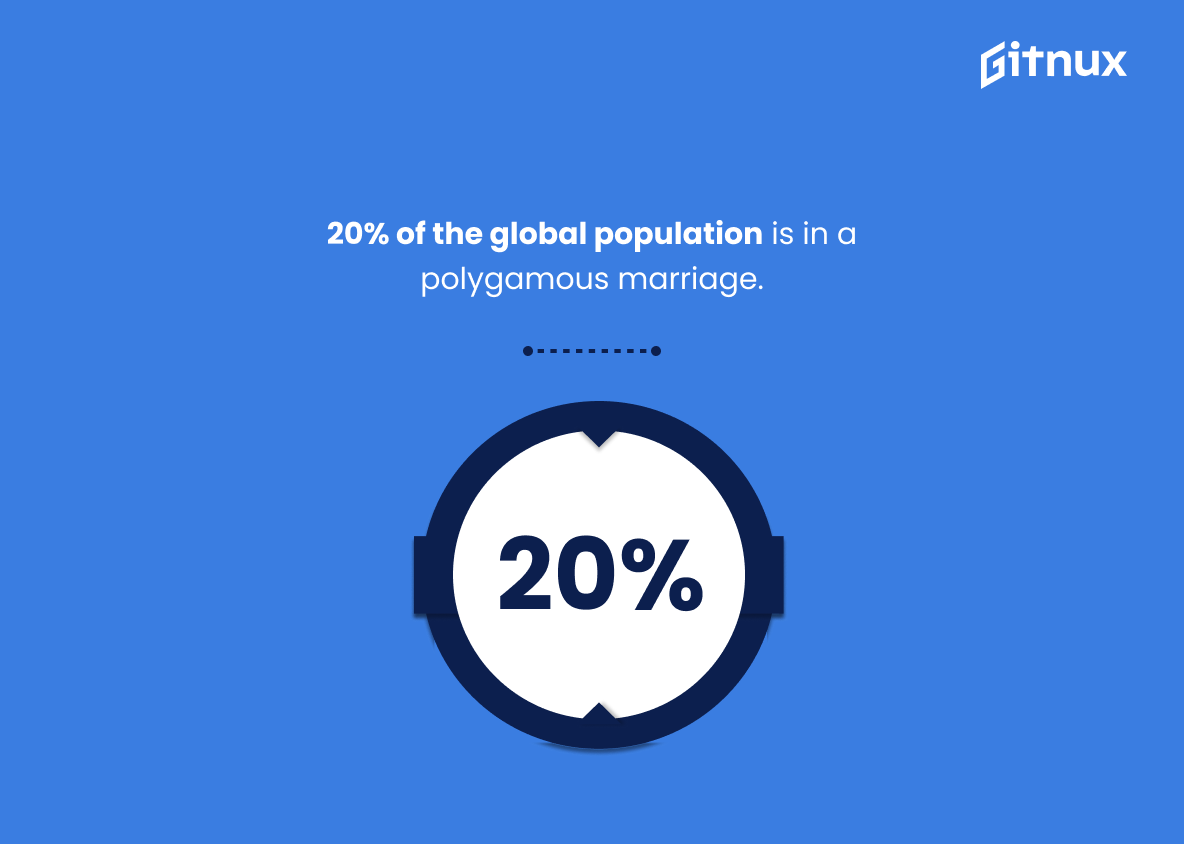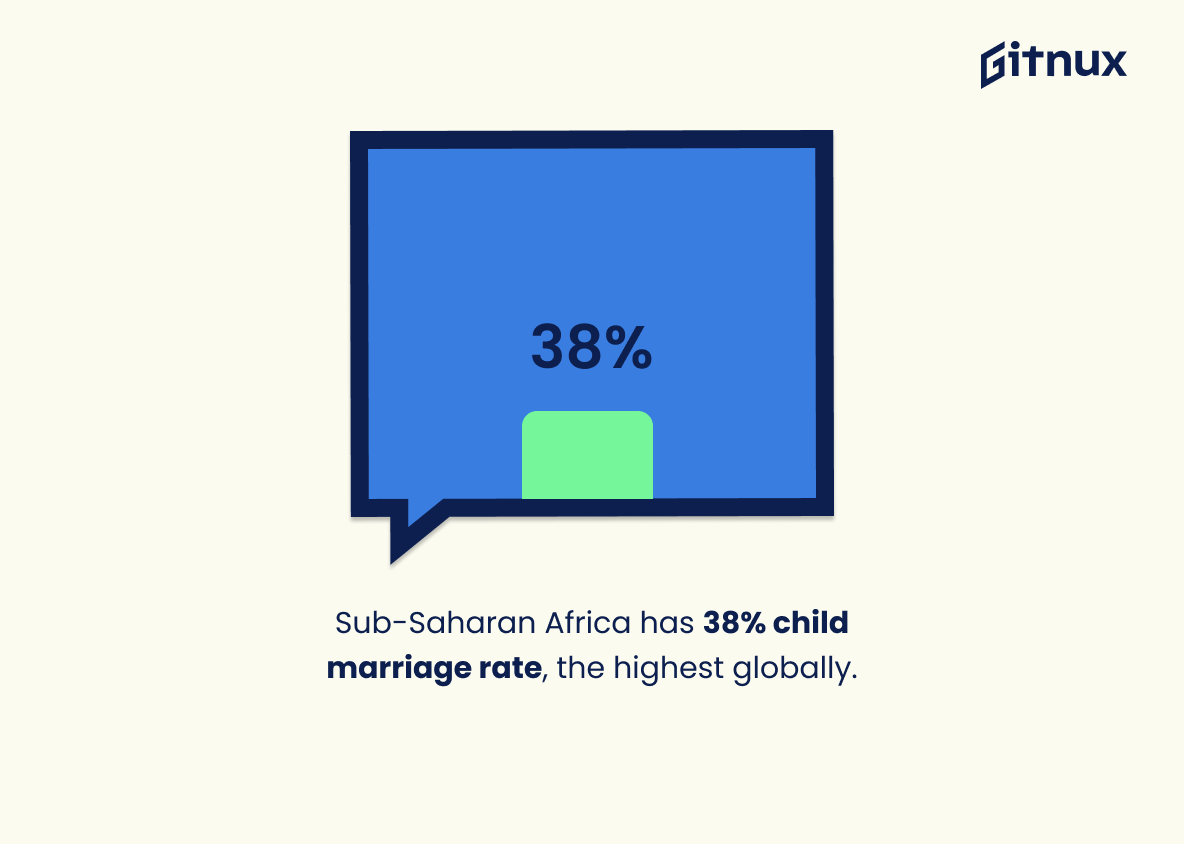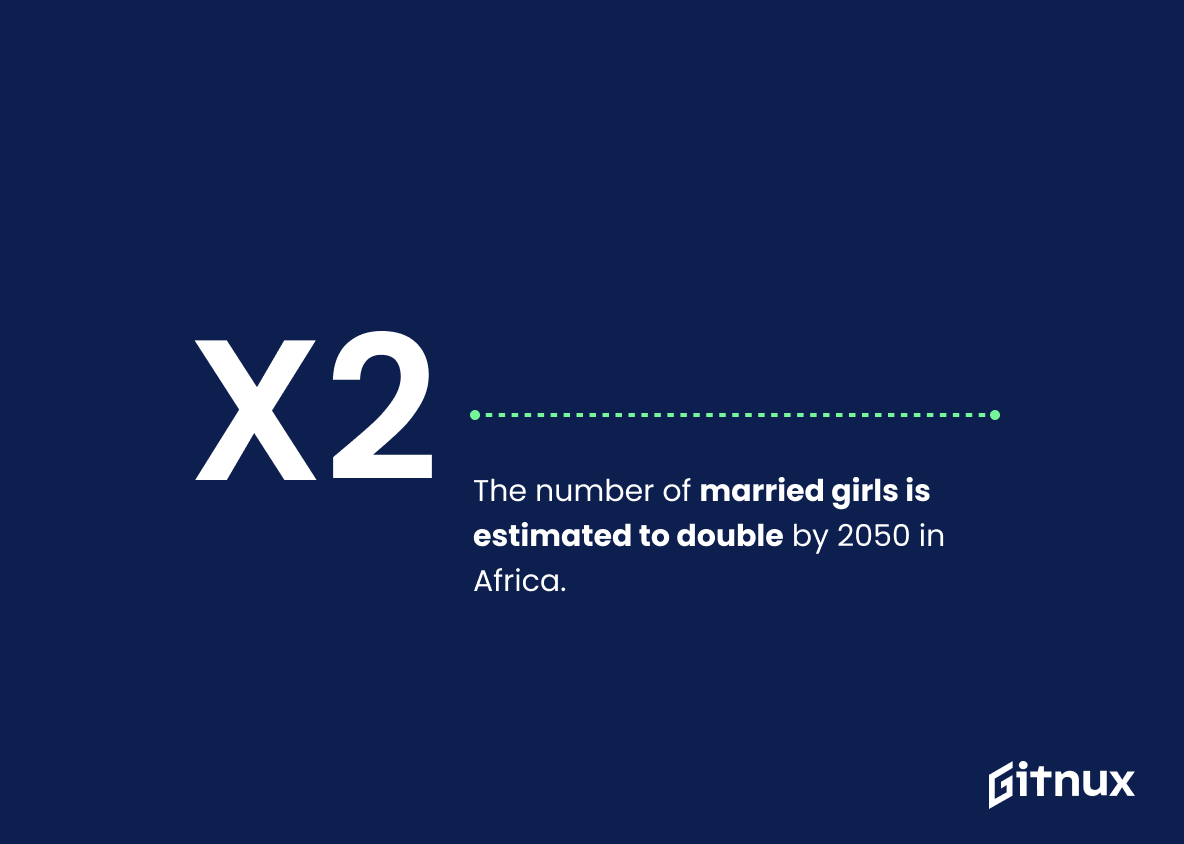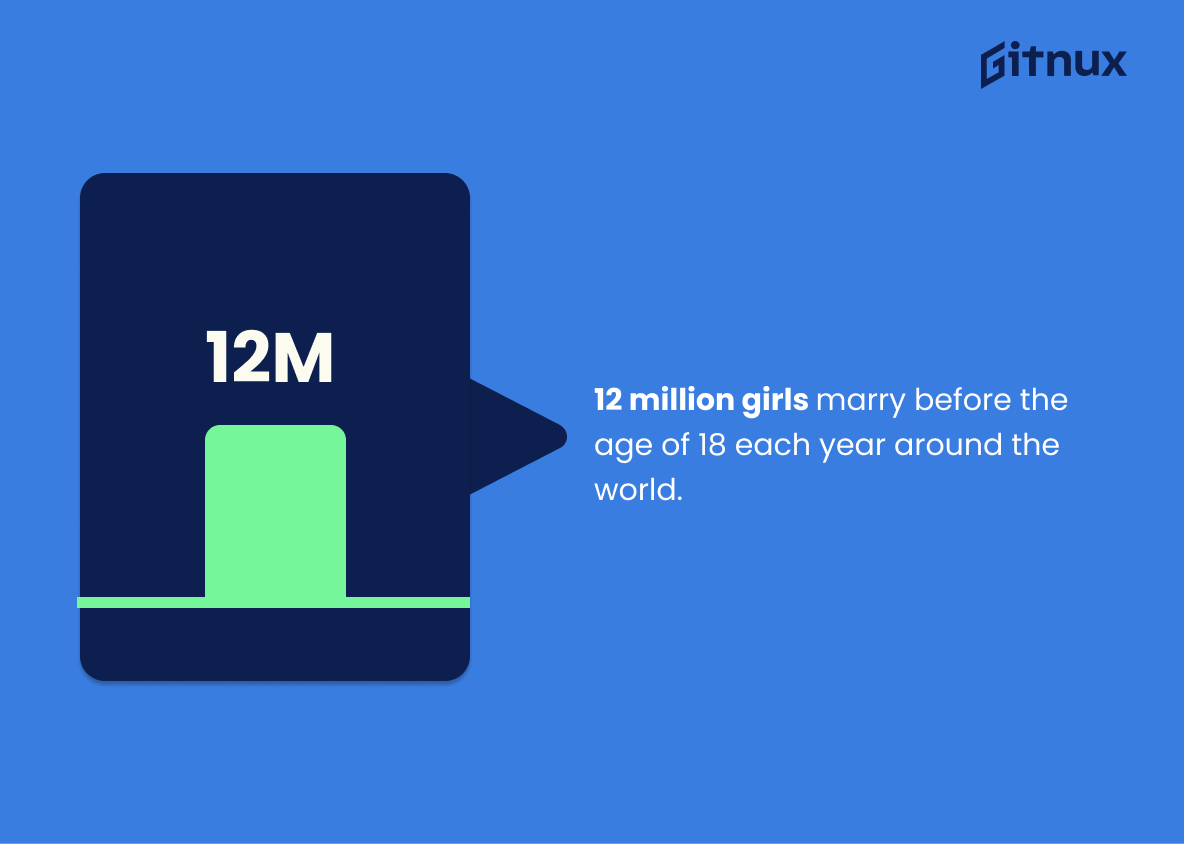A journey into love’s sacred covenant, marriage is an institution that transcends geographical boundaries, cultural norms, and generational shifts. As we delve into the enticing world of global marriage statistics, it’s like opening a window into the varied rituals, behaviors, and traditions that make up our diverse world. This blog piece is an enlightening exploration into the fascinating world of marriage as it spans continents, from uniquely intriguing elements such as the age of nuptials to the prevalence of different types of marriages across the world. We invite you to immerse yourself in this quest for understanding the captivating dynamics of this universal bond. Let’s untangle the rich tapestry that defines marriage across this global village, where every thread speaks of a different story but contributes to the same mosaic of human connection. Join us, as we unravel the romantic and often complex world of global marriage statistics.
The Latest Global Marriage Statistics Unveiled
As of 2019, the global average age at first marriage for women is 25 years.
The statistic that, as of 2019, women worldwide are first tying the knot at the average age of 25, acts as an insightful compass guiding our understanding through the diverse landscapes of global marriage customs and trends. In the tapestry of global marriage statistics, every thread differs in terms of cultural values, societal norms, and individual choices. This detail in particular serves as a starting point to unravel the intricate designs and patterns, stimulating intriguing discussions relating to age, gender, societal progress and cultural evolution. It provides us glimpses into shifting world trends, signifying the increasing emphasis on women’s education and career development, or reflecting changes in cultural expectations and norms about marriage. Thus, it not only narrates a story of evolving global patterns of marriage but also underpins the cross-connections between such social phenomena and wider aspects like gender equality, economic development, and demographic transitions.
As of 2019, the global average age at first marriage for men is 28 years.
Peeling back the layers of global marriage patterns, this numerical gem gives us a unique glimpse into the evolving societal norms around the world. Dating back to the early norms of marrying at a relatively younger age, the rising trend to 28 years globally for men now speaks volumes about an array of socio-economic factors. This information serves as a gateway into understanding changes in education trends, economic stability, shifting gender roles, and the redefining of personal priorities. Thus, it imbues our blog post about Global Marriage Statistics with a deeper nuance, tying together population studies, cultural shifts, and the changing landscape of societal progression.
The worldwide incidence of child marriage has been estimated at 33% of all women.
The sheer enormity of this statistic paints a vivid global picture, serving as the heartbeat of our discussion about Global Marriage Statistics. This 33% estimation isn’t just a number, it’s a pulse-check on the underlying societal, cultural, and legal structures that currently influence the institution of marriage. It echos that a third of all women marrying as children is not only a matter of individual rights, but speaks volumes about gender inequality at a large scale, and pressing developmental issues we face globally. Within its simple fractions, it carries a weighty message: one-third of women’s lives are unequivocally shaped by child marriage, illuminating a complex matrix of issues like education, health, and economic opportunities that demand our acute attention in this ever-evolving narrative on global marriage statistics.
The global number of child brides is estimated to be as high as 650 million.
Weaving this statistic into our tapestry of Global Marriage Statistics accentuates an alarming and often overlooked aspect – child marriage. Boasting a daunting figure of potentially 650 million, it serves as a stark reminder of the severe realities lurking beneath the global average marriage age. It underscores the threats to human rights, health, and education, primarily affecting young girls across different regions and societies. Thus, not just a number, this statistic sweeps across the broad spectrum of socio-economic norms and gender equality, providing a sharpened lens to scrutinize and question the global marital practices and cultural norms. It emphasizes the urgency to induce systemic changes and implement strategic interventions for a safer, equitable world for children.
Globally, 5% of boys marry before the age of 18.
Dipping our toes into the ocean of enlightening global marriage statistics, we embark on a voyage into the key fact of 5% boys marrying before the age of 18. This loaded figure cracks open the door to the labyrinth of child marriage, offering an opportunity for discourse and action around this pervasive worldwide issue.
Unassuming as it may seem, this statistic silently hints at the other side of the customary narrative, that of underage boys entering matrimony, reminding us that child marriage extends beyond dimensions of gender. Polarizing our focus on this significant 5%, we find ourselves prompted to dissect the underlying cultural, societal, economic, and political factors shaping these youthful bridesgrooms’ destinies.
Accordingly, as we continue to dive deeper into our exploration of global marriage statistics, the gravity of this 5% slowly unfurls, marking an important corner of the vast expanse we’re yet to cover. It weaves a unique thread into the intricate tapestry of global matrimonial trends, urging us to further question, analyze and ultimately understand the complexities within.
Europe has the lowest rate of child marriage at 1.6%.
Delving into the poignant realm of global marriage statistics, consider this compelling insight that Europe has the lowest rate of child marriage at a mere 1.6%. This pearl of data elegantly underscores Europe’s noteworthy success in protecting the rights and freedoms of its youngest citizens. It is, on one hand, a testament to the efficacy of the legislative, educational, and social intervention efforts employed by European countries to eradicate this form of child exploitation. On the other hand, it serves as a critical benchmark for other regions striving to align their practices with global human rights standards. This statistic, therefore, is not just a cold, hard fact but a beacon of hope, illuminating the progress made and the path forward in the crusade against child marriage.
9.3% of girls are married before the age of 15 globally.
Weaving in the surprising fact that approximately one in every ten girls worldwide are married off before they reach the tender age of 15, adds a striking layer to the context of Global Marriage Statistics. This disturbing revelation acts as a wake-up call, reminding us of the pressing need to address these jarring realities. It ensures that the sometimes-abstract discussion on statistics becomes tangible and personal, drawing attention to the stark realities that belie the numbers. Spotlighting this statistic effectively brings the dialogue back to the individual girls affected by such circumstances, emphasizing the gravity of the issue and cultivating a deeper level of engagement with our readers.
The global divorce rate has increased 251.8% since 1960.
Painting a comprehensive picture of global marriage statistics requires a dual lens – one that examines the commencement of matrimonies, and another that records their dissolution. With an astounding 251.8% growth in the worldwide divorce rate since 1960, we are offered a startling perspective on the evolution of global marital dynamics. This figure not only serves as a testament to drastically altered social norms but also underscores the transformed expectations and challenges within marriages. Thus, it is an indispensable protagonist in the narrative of global marital trends, helping to analyze the fragility of unions, the changing societal acceptance of divorce, and in digging deeper, nuances such as the impact of accelerated lifestyle or modernization. It shines a light on the less celebratory yet equally significant facet of matrimonial relationships and their often forgotten role in defining societal fabric at large.
Globally, marriage rates have fallen from 8.2 per 1000 people in 1970 to 5.3 per 1000 people in 2016.
In a world that seems to be eternally shifting, the statistic highlighting the shift from 8.2 marriages per 1000 people in 1970 to 5.3 in 2016 is a cornerstone testament to the tectonic shifts taking place in societal norms across our globe. Its inclusion in our conversation is key as it functions as a mirror, reflecting changes in attitudes towards marriage and personal lifestyle choices. The tale told by these numbers transforms our understanding of global marriage trends, bringing to forefront the broadening horizons of personal freedom and changing mindsets around the institution of marriage. Now, our discourse about Global Marriage Statistics just got enriched and more precise.
20% of the global population is in a polygamous marriage.
Delving into the fabric of global marriage phenomena, the declaration that 20% of the global population participates in polygamous marriages fosters a dramatic shift in traditional narrative. It propels readers to confront the broad diversity of matrimonial practices, obliterating the stereotype of marriage as being exclusively monogamous. Laced within cultural nuances, religious beliefs, and societal norms, this compelling fraction challenges our understanding, underscoring the need for comprehending different customs beyond our familiar territories. Consequently, it spotlights the pluralistic nature of our global village, exhibiting how diverse marital structures can co-exist, thereby nudging us to delve deeper into such multifaceted aspects of human relationships in the world’s statistical panorama.
Globally, 28.5% of all women aged 20-24 years were married before age 18 in 2015.
Delving into the intriguing narrative of global marriage statistics, the fact that globally, in 2015, 28.5% of women aged 20-24 years walked down the aisle before celebrating their 18th birthday carries an immense gravitas. It not only sheds light on the age-old traditions and social norms that influence the institution of marriage across the globe, but also underlines the diverse socioeconomic factors intertwined with it.
In this multifaceted tapestry of global marriage dynamics, the statistic of underage marriage for women provides a critical pulse point. It can provoke a reflection on the societal pressures that implicate these alarming numbers, pinpointing scope for advocacy efforts towards fostering autonomy, equality, and obliterating child marriages.
Furthermore, it carries the potential to serve as a measuring tool for assessing the progress made towards achieving gender equality, one of the key sustainable development goals outlined by the United Nations. It’s a poignant reminder reminding us not to be complacent in challenging and transforming narratives to empower women and enable them to fully exercise their rights to decide when and whom they choose to marry.
The highest rate of child marriage is seen in sub-Saharan Africa, where about 38% of women were married as children.
In diving into the realm of Global Marriage Statistics, one simply cannot ignore this dramatic fact: Sub-Saharan Africa tops the charts with a child marriage rate of about 38% among women. This crucial piece of evidence presents a vivid portrayal of where the world stands today on child marriages, directing our view prominently towards this region. This statistic opens up investigations on cultural, socioeconomic, and legislative measures prevalent in sub-Saharan Africa. It triggers questions, inspires comparisons, and insightfully adds weight to the overall canvas of global marriage patterns. Under its influence, the narrative of the blog post becomes more compelling, engaging, and factually rich – painting a picture that’s not just filled with numbers, but also with human stories and regional realities.
The number of married girls is estimated to double by 2050 in Africa.
Delving into the dramatic prognostication that the quantity of matrimonially committed girls could potentially skyrocket twofold by 2050 in Africa imparts critical insights in a blog post concerning Global Marriage Statistics. This statistic doesn’t simply add a numerical titbit; it thrusts a spotlight on a kaleidoscopic range of socio-cultural and political issues, decoding a narrative of evolving matrimonial customs, possibly forced child marriages, education disparities, and gender inequality.
Moreover, it lets us gauge the continent’s adherence to or deviation from global trends, in turn stimulating international organizations and governments to reformulate or strategize their socio-economic policies. Consequently, this transformation teases the butterfly effect in global demographics, contributing to our comprehensive understanding of the matrimonial ecosystem worldwide. It not only brings African matrimonial situations into the discussion but also compels readers to re-evaluate the globally perceived norms around the age of marriage.
12 million girls marry before the age of 18 each year around the world.
Unveiling a shocking reality, the statistic of 12 million girls tying the knot before reaching their 18th anniversary each year globally provides a stark perspective on the worldwide state of marriage. Interwoven within a sea of numbers and data, this numeric illustration serves as a resonating thread, highlighting the existing imbalance in gender and age roles within societal structures. In the narrative of global marriage statistics, it uncovers a story that urgently calls for societal transformation and the reassessment of traditions, asserting itself as a crucial indicator that underscores the pressing need to safeguard the rights of these underage girls and to reinforce our collective efforts in eradicating child marriage. Reflecting the not so rosy side of nuptials, it demands that we look beyond merely age distribution and geographical disparities, and meaningfully engage in dialogue about consequential issues like gender inequality, education and human rights.
Same-sex marriage is legal in 29 countries around the world as of 2021.
In the shimmering mosaic of global marriage statistics, the recognition of same-sex marriage constitutes a significant testimonial of societal progress. The ability of 29 countries around the world to legally accept same-sex marriage, as of 2021, serves as a reflective measure of how acceptance and recognition of diverse forms of love have evolved internationally over time. This figure, albeit representing a fraction of the world, effectively paints a narrative of shifting cultural norms, rendering it a crucial piece of the overarching picture of contemporary global nuptial traditions and practices. Hence, omitting this element from a blog post about Global Marriage Statistics could obscure the progressive strides made towards inclusivity in the institution of marriage.
Conclusion
In summary, global marriage statistics shine a light on key cultural, societal, and economic norms shaping our world today. These trends, emerging patterns, and fluctuations aren’t just numbers; they are indicative of evolving societal norms, policy changes, personal preferences, and the increasing triumph of love beyond borders. As our world becomes increasingly interconnected, these statistics are more than likely to continue evolving, providing fascinating insights into the realm of love, commitment, and family life across different cultures and geographical landscapes.
References
0. – https://www.worldpopulationreview.com
1. – https://www.www.wf-lawyers.com
2. – https://www.www.un.org
3. – https://www.ilga.org
4. – https://www.www.girlsnotbrides.org
5. – https://www.www.weforum.org
6. – https://www.ourworldindata.org
7. – https://www.www.unicef.org

